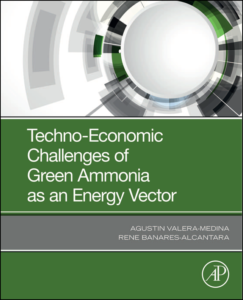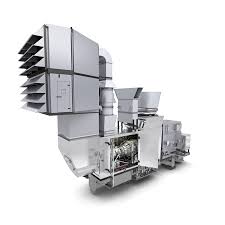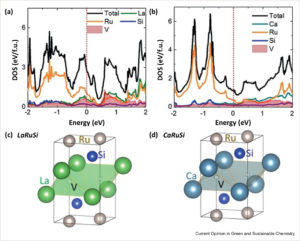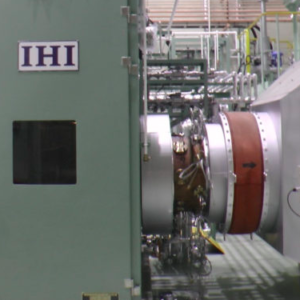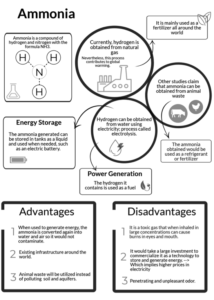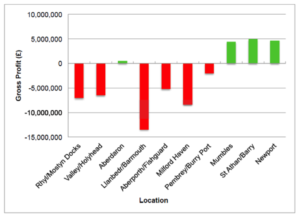Techno-Economic Challenges of Green Ammonia as an Energy Vector
Techno-Economic Challenges of Green Ammonia as an Energy Vector, a new textbook, was issued in September by scientific and technical publisher Elsevier. The 340-page volume was written by Agustin Valera-Medina of Cardiff University and Rene Banares-Alcantara of Oxford University. The book is a valuable consolidation of knowledge across the many aspects of ammonia energy, and seems destined to become a go-to reference for current and future technologists, project developers, and policy makers.
